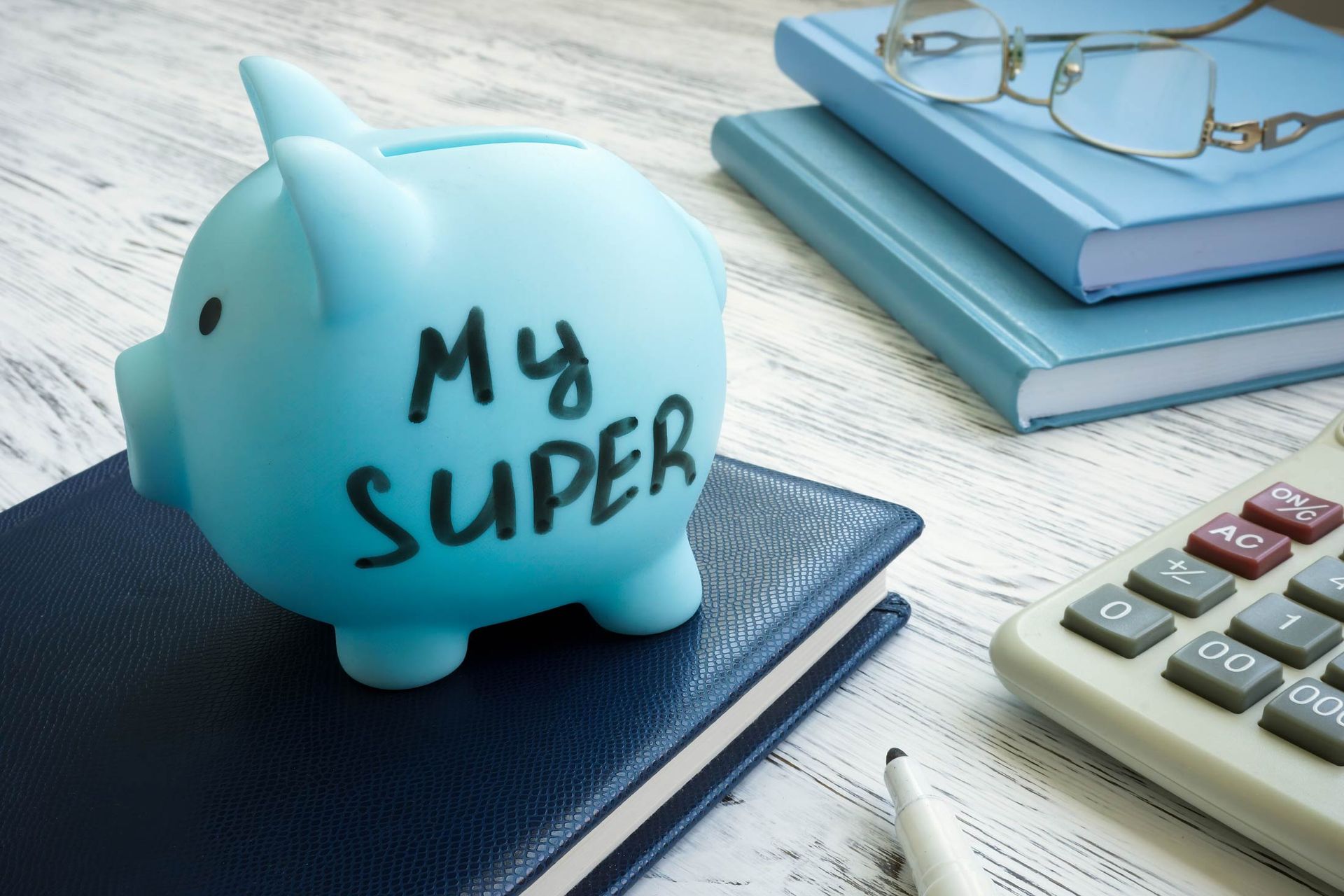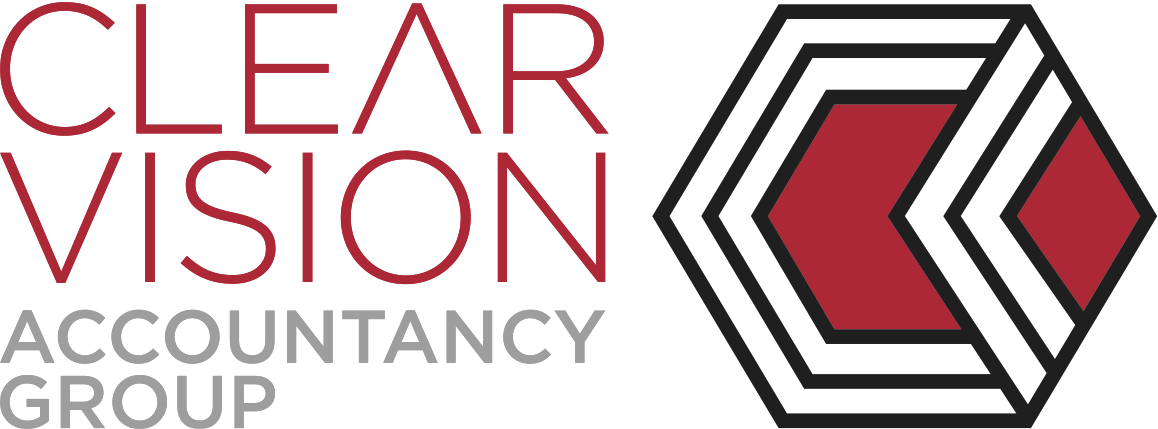Business Alert at 9:00am With CVA – Downsizing Into Super
An extremely valuable & attractive option for older individuals to boost their superannuation entitlement is to make a downsizer contribution.
If you are aged 65 or over and sell your principal residence that you have owned for at least 10 years, you will be able to make a non-concessional contribution to super of up to $300,000 from the proceeds. Couples will be able to contribute $300,000 each.
Even better news, the TSB (total superannuation balance) restriction does NOT apply meaning the downsizer contribution can still be made even if you have a total super balance greater than $1.6 million. Please note the contribution cannot exceed $300,000 (each) and the contribution amount can’t be greater than the total proceeds of the sale of your home. In other words if the total proceed is $250,000, the maximum downsizer contribution you can make is $250,000.
There are some other restrictions but all in all it’s an excellent new ATO guideline.
The post Business Alert at 9:00am With CVA – Downsizing Into Super appeared first on Clear Vision Accountancy Group.





